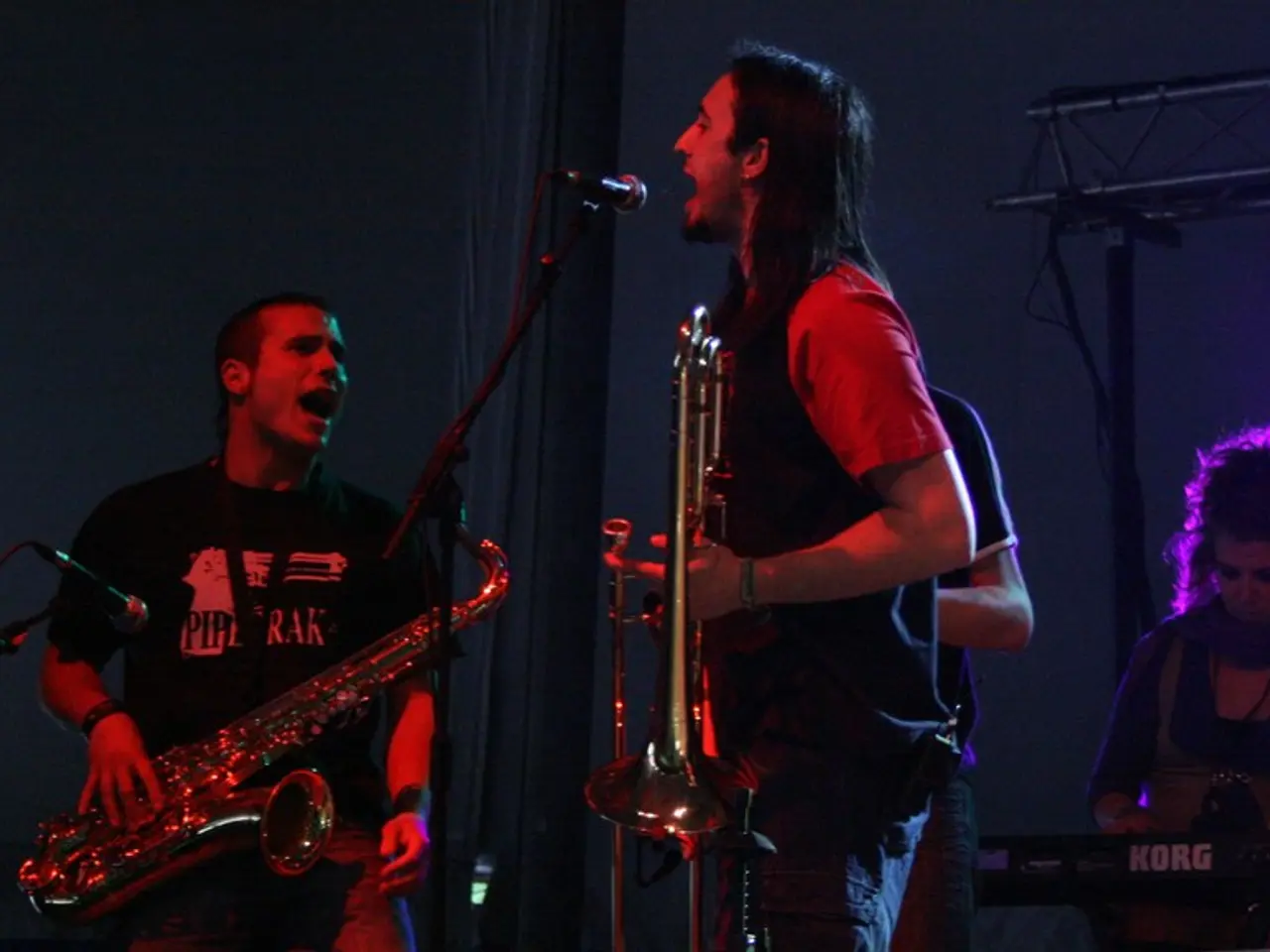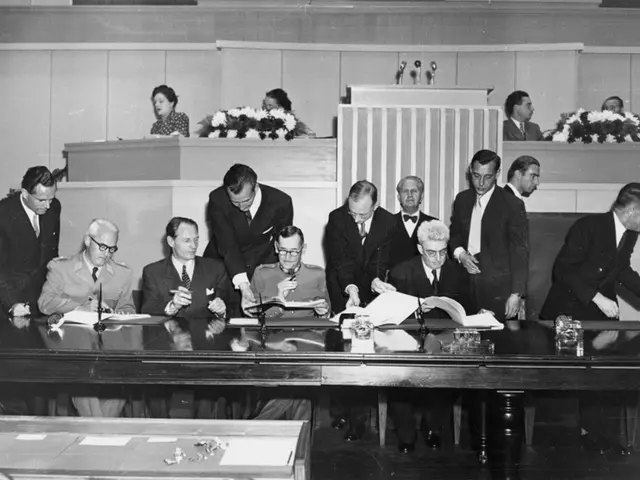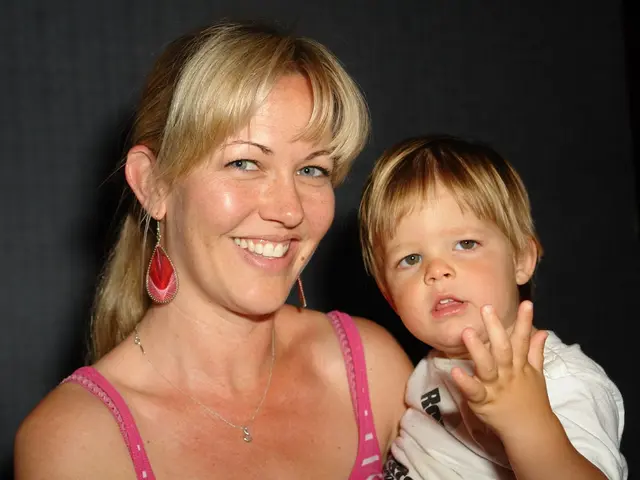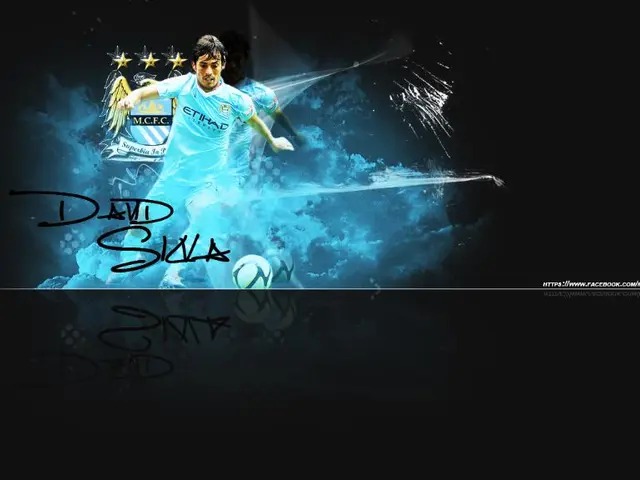Redefining Music Landscape: Karaoke Revolution's Impact on Music Fads and Artist Prosperity
In the ever-evolving world of entertainment, karaoke has emerged as a unique platform that empowers anyone, regardless of experience, to sing, connect, and potentially launch a music career. This interactive activity, once confined to bars and social gatherings, has now transformed into a mainstream digital activity with a global market projected to reach USD 16.34 billion by 2033 [1].
The evolution of karaoke introduces a new paradigm of music consumption, focusing on the sharing of individual interpretations. This shift has been facilitated by the growth of karaoke apps and home karaoke entertainment, driven by smartphone accessibility, high-speed internet, and integration of AI features like real-time pitch correction and personalized recommendations [1]. These apps often partner with major music labels, providing users with exclusive content and helping promote new music.
The impact of karaoke on the music industry is significant. It democratizes music participation, expanding digital music engagement, and creating new platforms for exposure. This is evident in the surge of digital music subscription bundles (58%) and influencer-led karaoke promotions (62%), leading to a 69% rise in ad revenues [3]. The trend of sharing karaoke performances on social media platforms like TikTok, Instagram, and YouTube amplifies exposure opportunities for undiscovered talent and everyday users, turning casual singing into a potential springboard for musical careers [5].
Karaoke serves as a launchpad for aspiring musicians to break into the music scene with captivating live performances. Local competitions can propel singers into the spotlight, while platforms like YouTube provide an avenue for newcomers to share their performances and build a fan base [2]. Aspiring artists can use these platforms to amplify their voices and build networks, fostering connections between artists, fans, and fellow singers.
The variety of music choices in karaoke influences audience listening preferences in real time. Today's karaoke song library includes hip-hop, indie rock, and more, allowing performers to curate their setlists and venture into new musical territories [4]. The evolution of karaoke technology has expanded the music selection to a myriad of genres, providing a stage for diverse talents to make their mark on the music landscape.
The shared love for creating music together is a common thread in the karaoke community. Stories abound of artists like Sam Cooke finding their footing through performances similar to karaoke [2]. Today, this love for music continues to foster connections, leading to impromptu jam sessions and the formation of new bands [4].
For more information on the topic, visit the external source: https://pusangoguryeoroom.com
References:
[1] Grand View Research. (2021). Karaoke Market Size, Share & Trends Analysis Report By Component (Hardware, Software, Services), By Application (Home Use, Commercial Use), By Region, And Segment Forecasts, 2021 - 2033. Retrieved from https://www.grandviewresearch.com/industry-analysis/karaoke-market
[2] Karaoke Channel. (2021). The History of Karaoke. Retrieved from https://www.karaokechannel.com/history-of-karaoke/
[3] Statista. (2021). Global digital music revenue from streaming services from 2010 to 2025. Retrieved from https://www.statista.com/statistics/266570/global-digital-music-revenue-from-streaming-services/
[4] Billboard. (2019). How Karaoke is Helping to Discover the Next Generation of Artists. Retrieved from https://www.billboard.com/articles/columns/digital/8515625/karaoke-next-generation-artists
[5] Variety. (2020). Karaoke Apps Are Booming During the Pandemic. Retrieved from https://variety.com/2020/digital/news/karaoke-app-boom-pandemic-1234837232/
- The growth of karaoke apps and home karaoke entertainment, driven by smartphone accessibility, high-speed internet, and integration of AI features like real-time pitch correction and personalized recommendations, has resulted in the transformation of karaoke into a mainstream digital activity.
- The evolution of karaoke technology has expanded the music selection to a myriad of genres, providing a stage for diverse talents to make their mark on the music landscape, ranging from hip-hop to indie rock.
- The surge of digital music subscription bundles and influencer-led karaoke promotions, as well as the trend of sharing karaoke performances on social media platforms like TikTok, Instagram, and YouTube, has led to a 69% rise in ad revenues, creating new opportunities for underserved musical talent and everyday users.
- Aspiring artists can leverage the various karaoke systems and platforms to amplify their voices, build networks, and potentially launch a music career, replicating the path taken by renowned artists like Sam Cooke.







